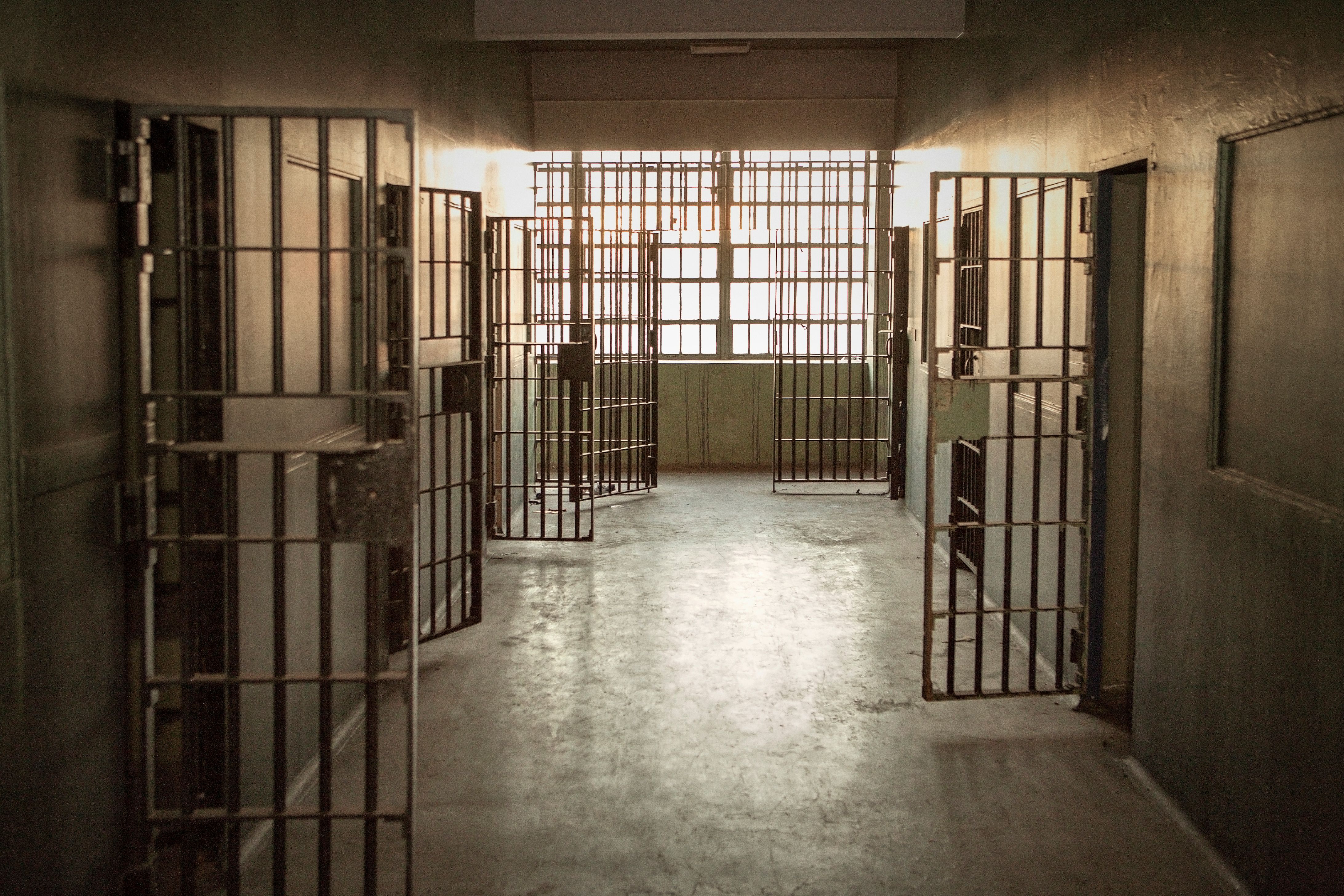What the HIV Care Continuum and PrEP Programs Look Like Among Incarcerated Individuals
Although newly acquired HIV infection rates are low among people who are incarcerated, 95% of at-risk inmates may engage in unsafe behavior after their release, a study shows.

In 2019, the U.S. Department of Health and Human Services announced the Ending the HIV Epidemic initiative, through which they plan to reduce HIV cases 90% by 2030. To do this the HHS said the providers must “diagnose, treat, prevent and respond.”
The Federal Bureau of Prisons (FBOP) has implemented these steps by screening for HIV, offering antiretrovirals to HIV-positive inmates, introducing vulnerable patients to preexposure prophylaxis (PrEP) and educating healthcare providers.
To measure the effectiveness of these programs, particularly PrEP initiation, a group of researchers led by Xiao Hong Huang, Pharm.D., a staff pharmacist at the United States Medical Center for Federal Prisons in Springfield, Missouri, evaluated electronic medical records of inmates.
They reported their results in a supplement to the April 2024 issue of Emerging Infectious Diseases.
From April 1, 2021, to Mar. 25, 2023, a total of 303,817 people entered custody or were transferred between prisons. During this time, the most common HIV-risk behavior was infrequent condom use (48.3%) followed by zero condom use (36.7%).
The Federal Bureau of Prisons trained healthcare providers in prisons. In turn, these providers developed and distributed PrEP fact sheets to prisoners which outlined how it works and how to obtain it while in custody.
HIV screening for inmates starts at the intake process where they are told an HIV test will be given as part of intake. Inmates can refuse, but it will be flagged.
The study also shows that as of June 2, 2023, there were 139,789 adults in custody for at least 90 days. Of those 117,950 (89.6%) had been offered at least one HIV test. Only 1% (1,208) had a positive test result and all had been offered antiretroviral treatment.
By the end of the study, 1,110 inmates had been on treatment for at least 90 days. Of those patients, 1,060 (95.5%) had an undetectable viral load
Although new HIV infection rates are lower in incarcerated people, 95% of at-risk inmates will return to their communities and may engage in unsafe behavior.
For these reasons, at-risk inmates are given PrEP 30 days before their release and a social worker is assigned to them. After release, they are given an additional 90-day supply to cover the gap between their next appointment, should they decide to schedule one.
To qualify as at-risk, providers may see one of the following patterns in inmates:
- sexually transmitted infection 6 months before or at any time during incarceration
- shared needles for intravenous drug use 6 months before or at any time during incarceration
- inconsistent use of condoms with partner(s) of unknown HIV status or at high risk for HIV
“FBOP will continue to educate employees and AICs to promote awareness of PrEP availability and reduce stigma,” Huang writes. “Adults in custody education developed with the input of persons who are currently or previously incarcerated will help to ensure messaging is realistic and applicable to the incarcerated population.”
FDA Accepts NDA for Gilead's New HIV Prevention Shot
February 18th 2025Lenacapavir is a twice-yearly injectable medication designed to be used as pre-exposure prophylaxis (PrEP). The FDA is giving this drug a priority review and expects to make a decision by June 19, 2025, according to a release.
Read More